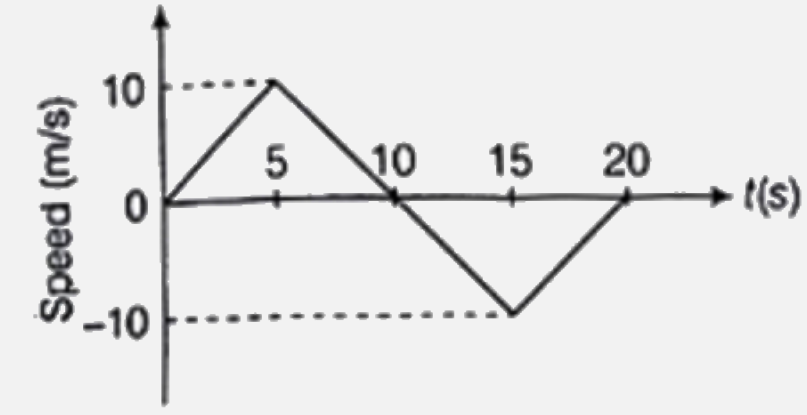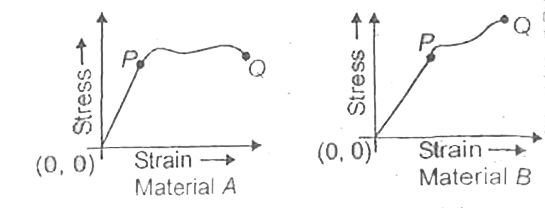Here in Figure I, a 24 h clock is shown and in Figure II and Figure III, sleeping times of two animals X and Y are shown by shaded portions. Select the correct statement about the sleeping times of X and Y.
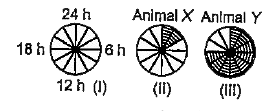
X sleeps for 20 h, while Y sleeps for 18 h
X sleeps for 18 h, while Y sleeps for 4 h
X sleeps for 4 h, while Y sleeps for 18 h
X sleeps for 4 h, while Y sleeps for 20 h
The correct Answer is:C
Step by step video, text & image solution for Here in Figure I, a 24 h clock is shown and in Figure II and Figure III, sleeping times of two animals X and Y are shown by shaded portions. Select the correct statement about the sleeping times of X and Y. by Biology experts to help you in doubts & scoring excellent marks in Class 14 exams.
Updated on:21/07/2023Similar Questions
Knowledge Check

Recognize the figure.
Select the correct statement about this animal.AFresh water chondrichthyesBMarine ChondrichthyesCFreshwater OsteichthyesDMarine OsteichthyesFor the situation shown in the figure, select the correct statements (s).
 APotential of the conductor is q/4πε0(d+R)BPotential of the conductor is q/4πε0dCPotential of the conductor cannot be determined as nature of distribution of induced charges is not known.DPotential at point B due to induced charges is −qR/4πε0(d+R)d
APotential of the conductor is q/4πε0(d+R)BPotential of the conductor is q/4πε0dCPotential of the conductor cannot be determined as nature of distribution of induced charges is not known.DPotential at point B due to induced charges is −qR/4πε0(d+R)dFor the circuit shown in figure, select the correct statements from the following options :
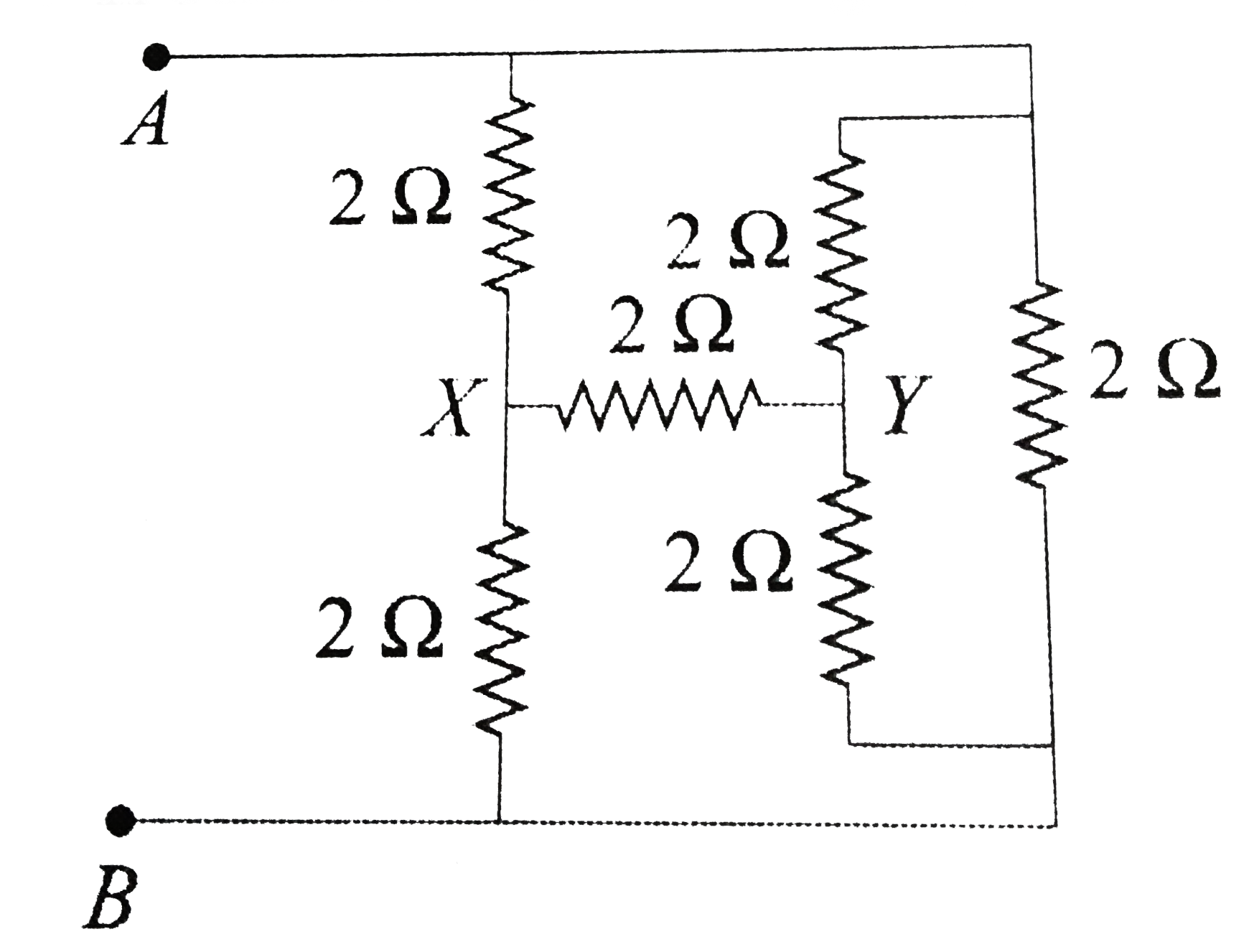 . Ax and y are equipotential points.BEffective resistance between A and B is 2Ω .CEffective resistance between A and B is 1Ω .DNone of the above.
. Ax and y are equipotential points.BEffective resistance between A and B is 2Ω .CEffective resistance between A and B is 1Ω .DNone of the above.
The graph of the function y=f(x) is shown in the adjacent figure then correct statement is
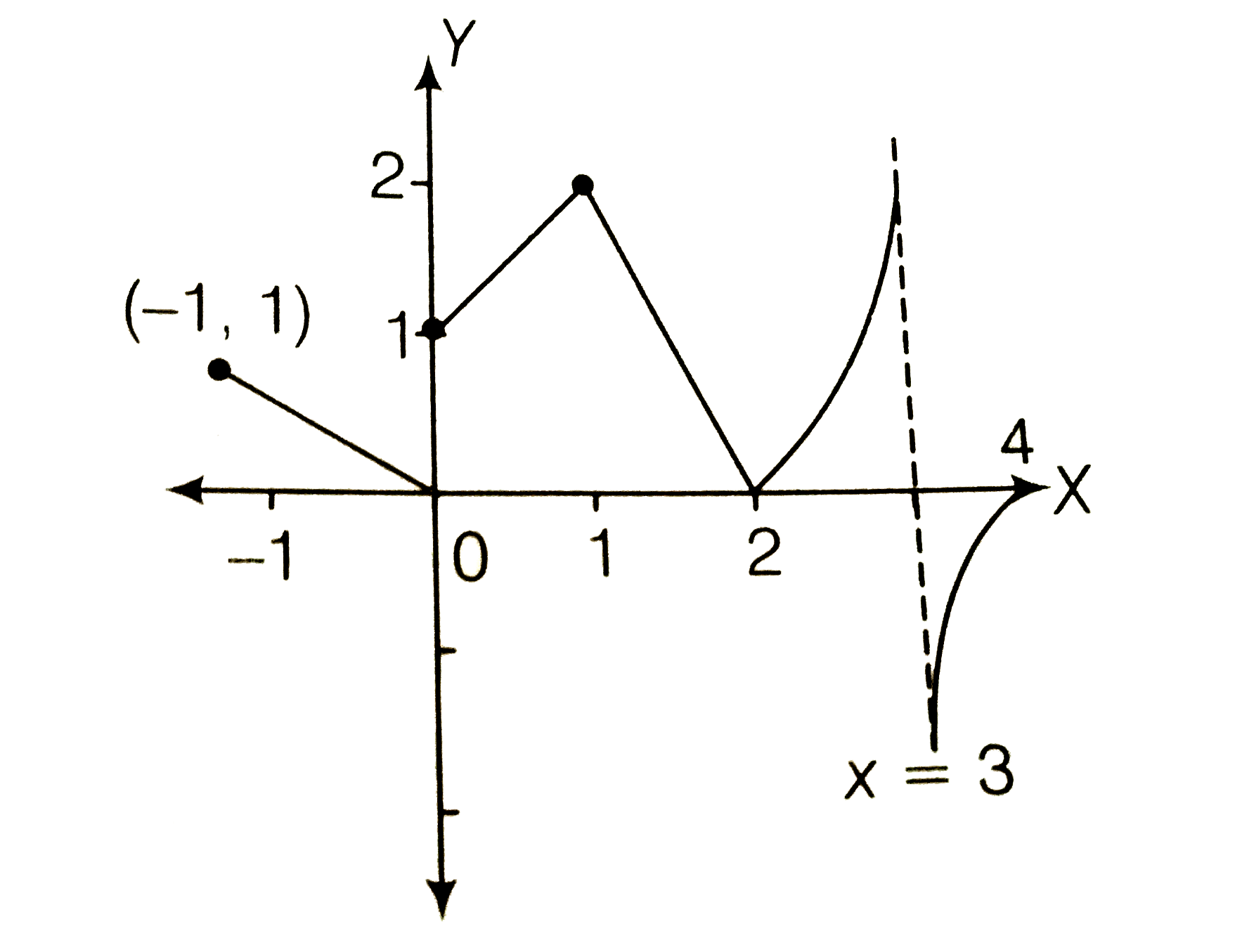
View SolutionRefer to the given figure and select the correct option regarding functions of X and Y.
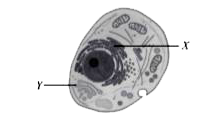

View SolutionThe velocity - time graph of two bodies A and B is shown in figure. Choose correct statement.
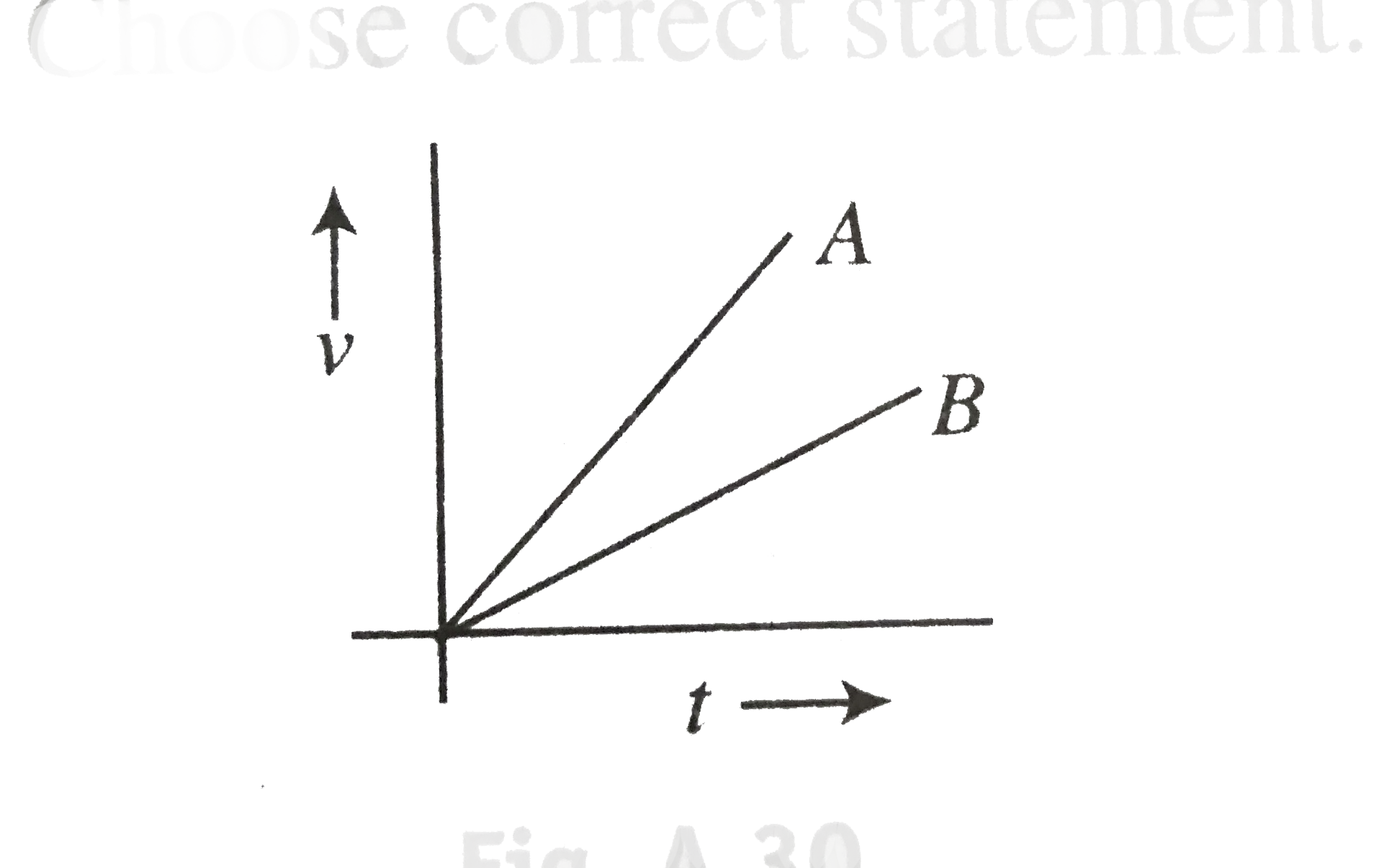
View SolutionAcceleration time graph of a particle executing SHM is as shown in the figure. Select the correct alternative (s)
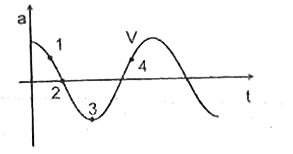
View SolutionIn the circuit shown in the figure, switch S is closed at time t=0. Select the correct statements.
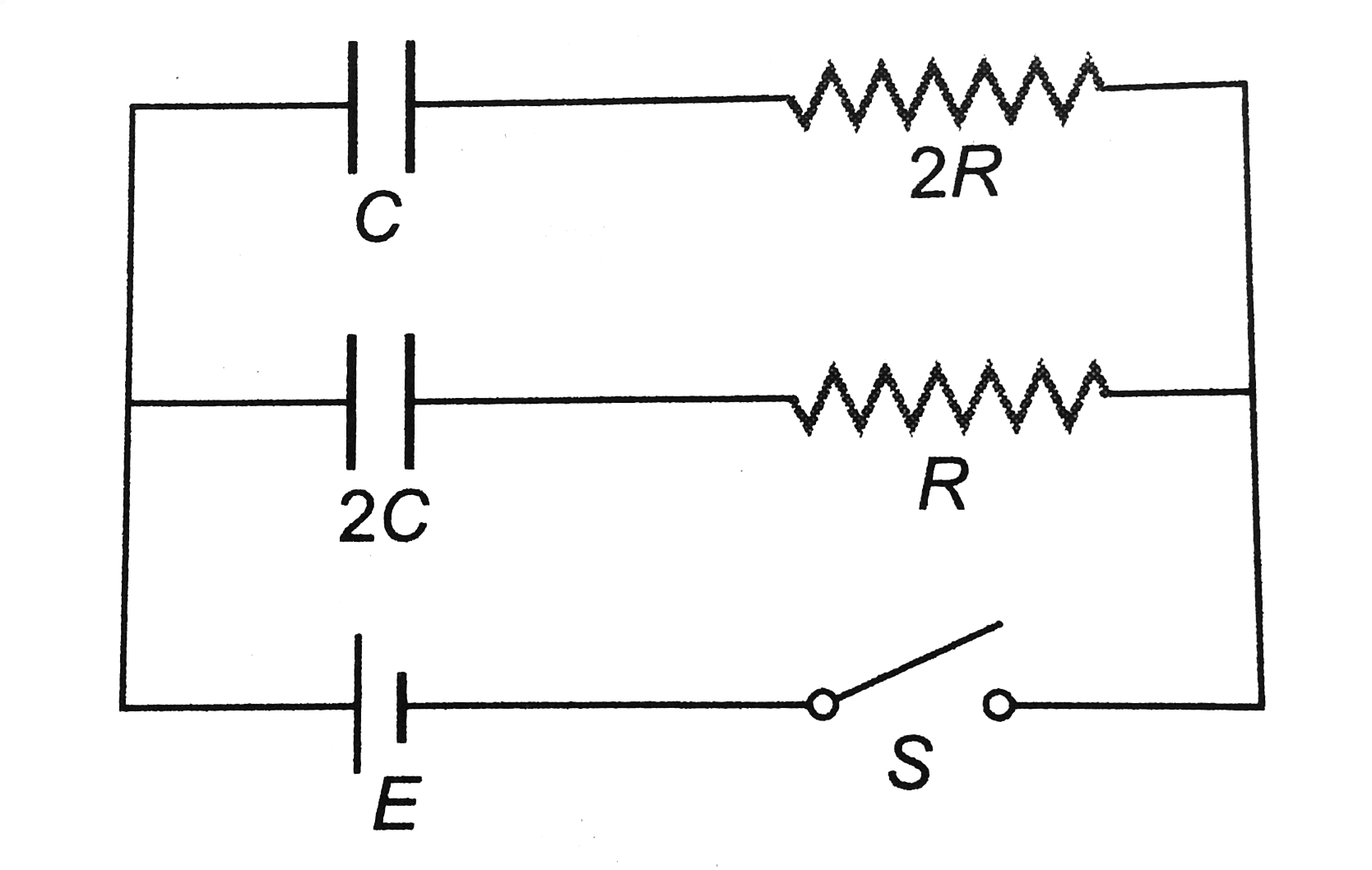
View Solution

